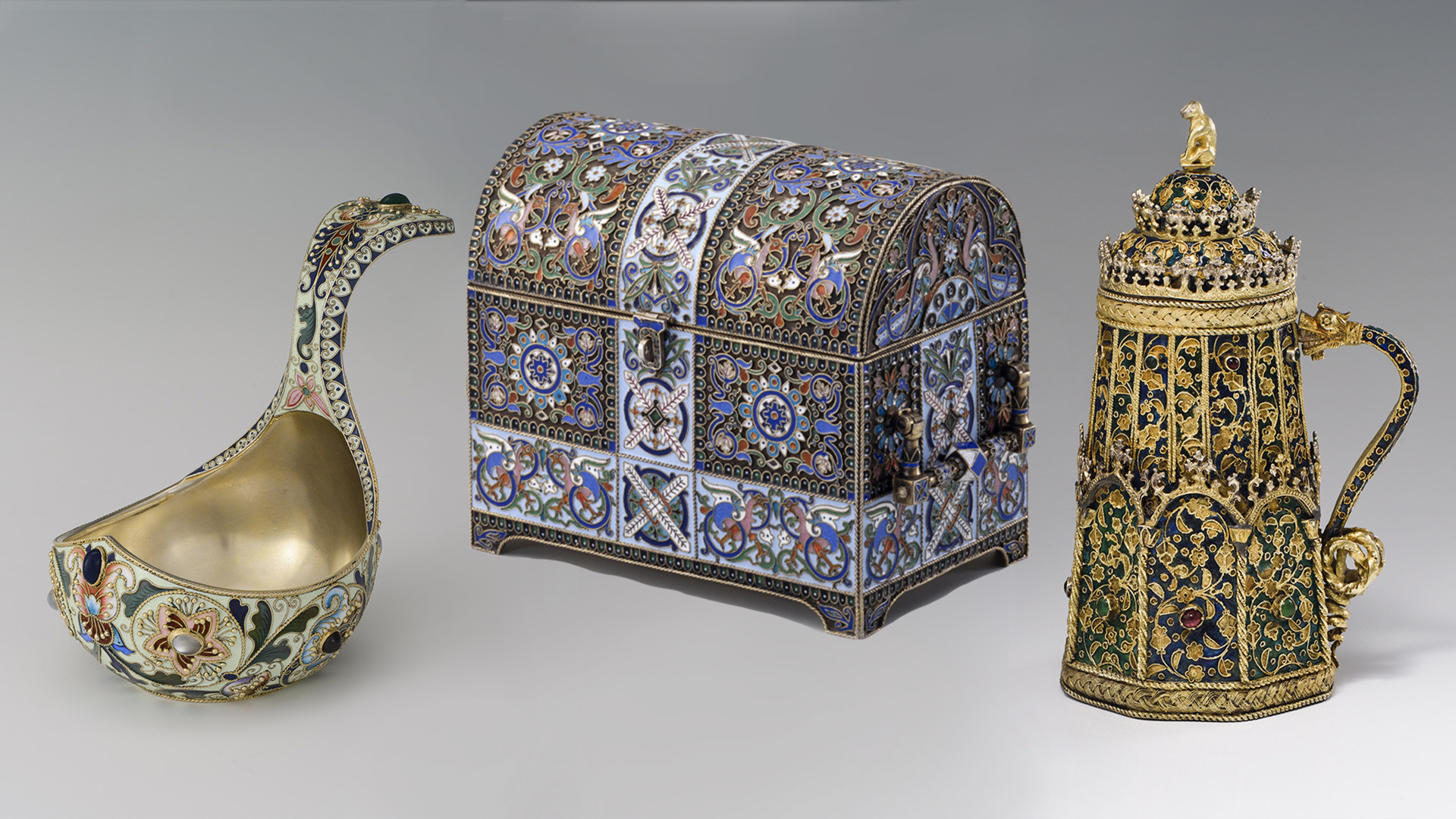
In the late 19th century, the “Russian style” became incredibly fashionable among members of the tsarist family and wealthy nobles. Turning to their roots, many began to construct houses in the style of medieval boyar chambers, and commission jewelry with openwork color elements and picturesque folklore motifs. A good number of these works were carried out by renowned jewelers and suppliers of the imperial court, such as Carl Faberge, Pavel Ovchinnikov, and Ivan Khlebnikov.
Besides valuable metals and precious colored stones, another key element was the enamel artwork applied to the metal. Russian jewelers perfected the most complex enamel techniques (cloisonne, champleve, luminous) — sometimes all of them on one item.
The acknowledged master of enamel was Fyodor Rückert, an artist of German origin. He fulfilled commissions for various jewelry firms, and enjoyed an especially long working relationship with Faberge. On all sorts of jewelry, he reproduced paintings by the great masters of the day, from Viktor Vasnetsov to Konstantin Makovsky.
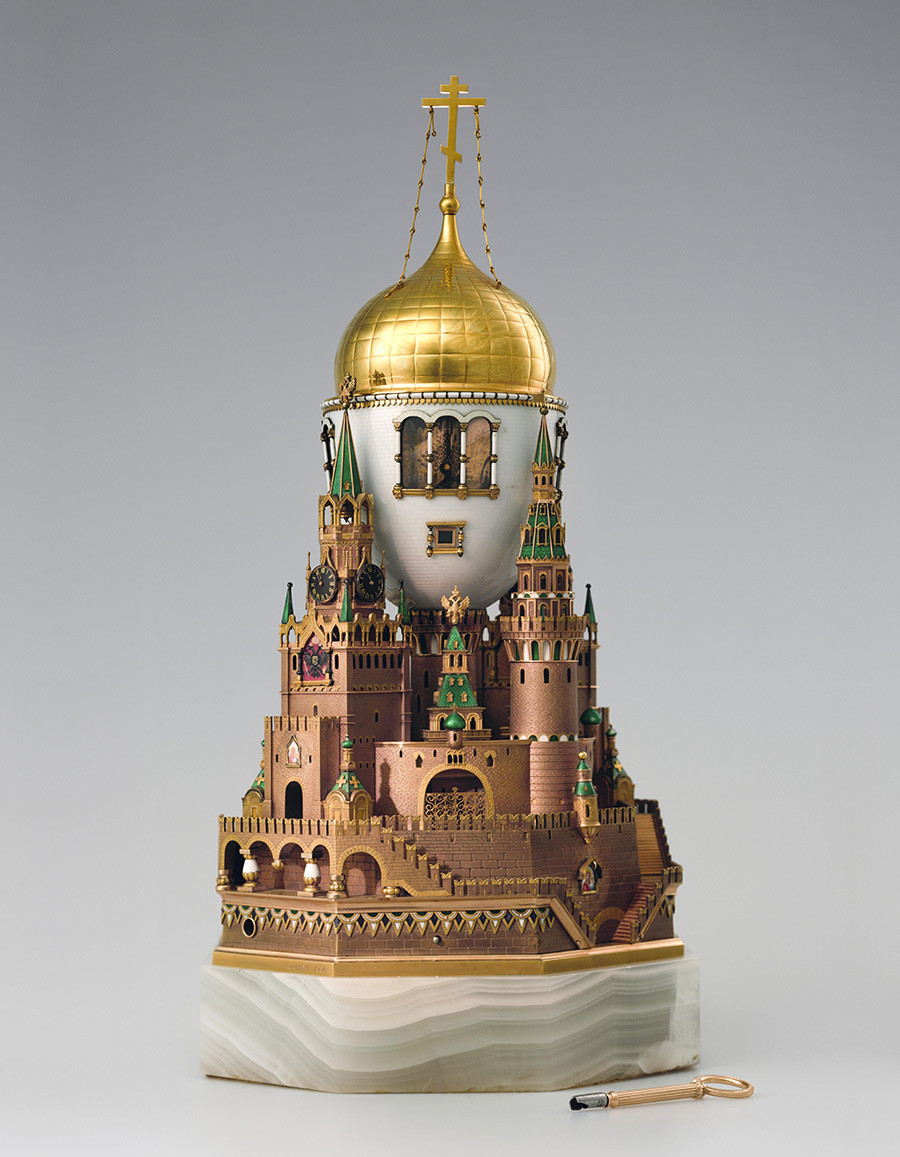
This egg was a gift from Nicholas II to his wife, Empress Alexandra Feodorovna, for Easter 1906.
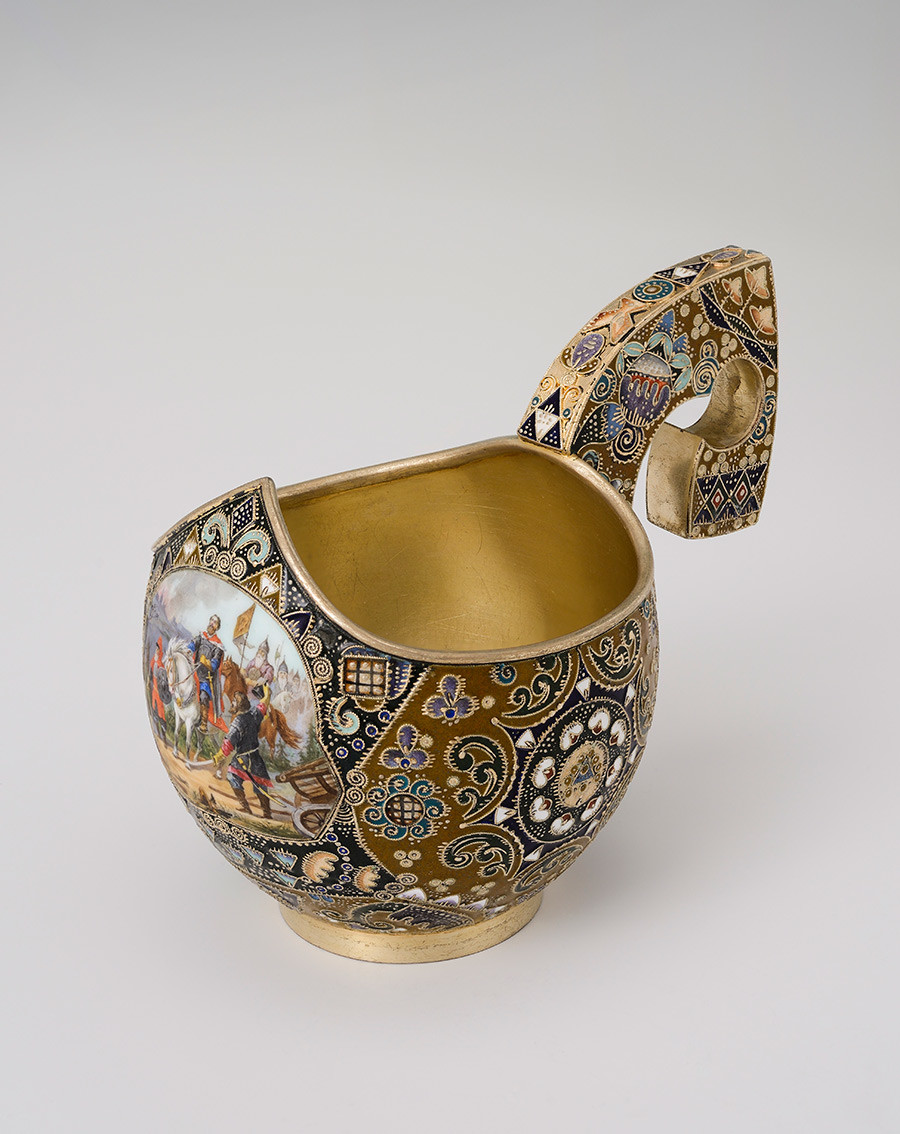

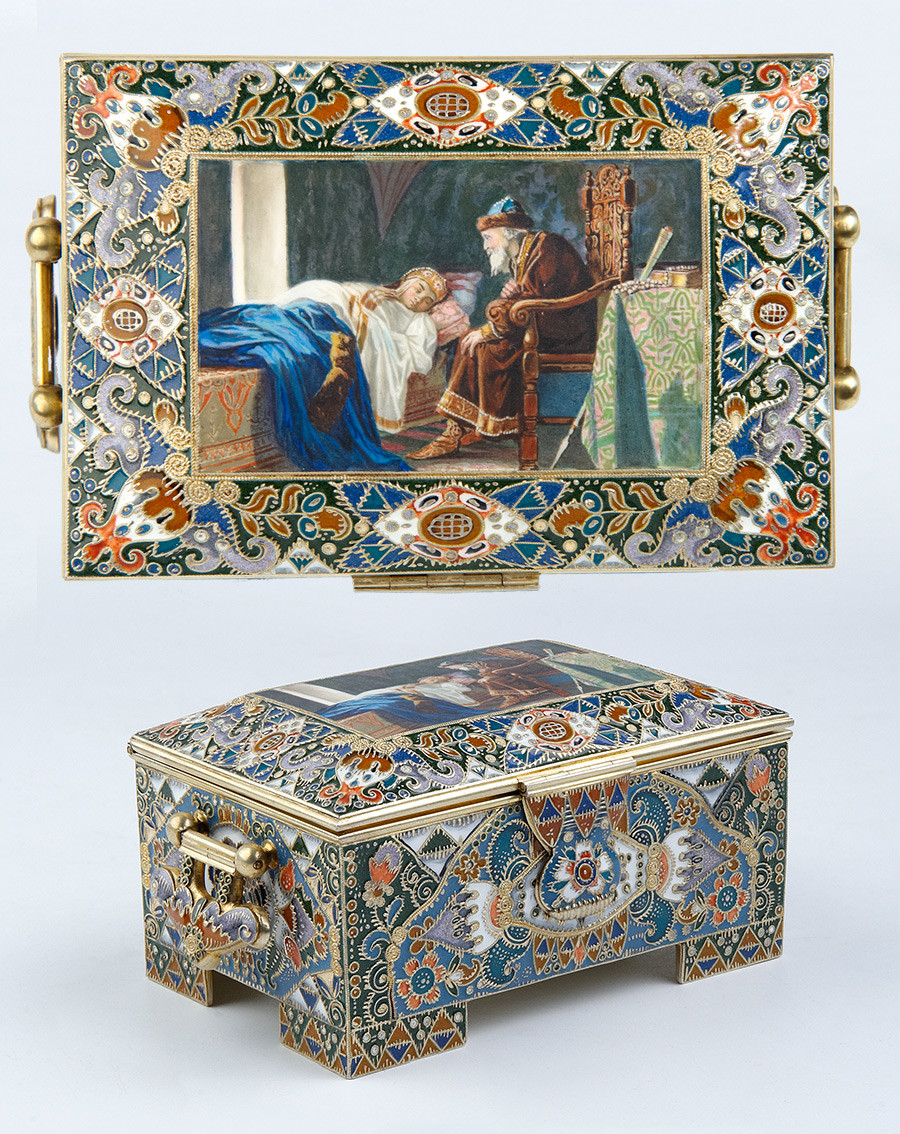
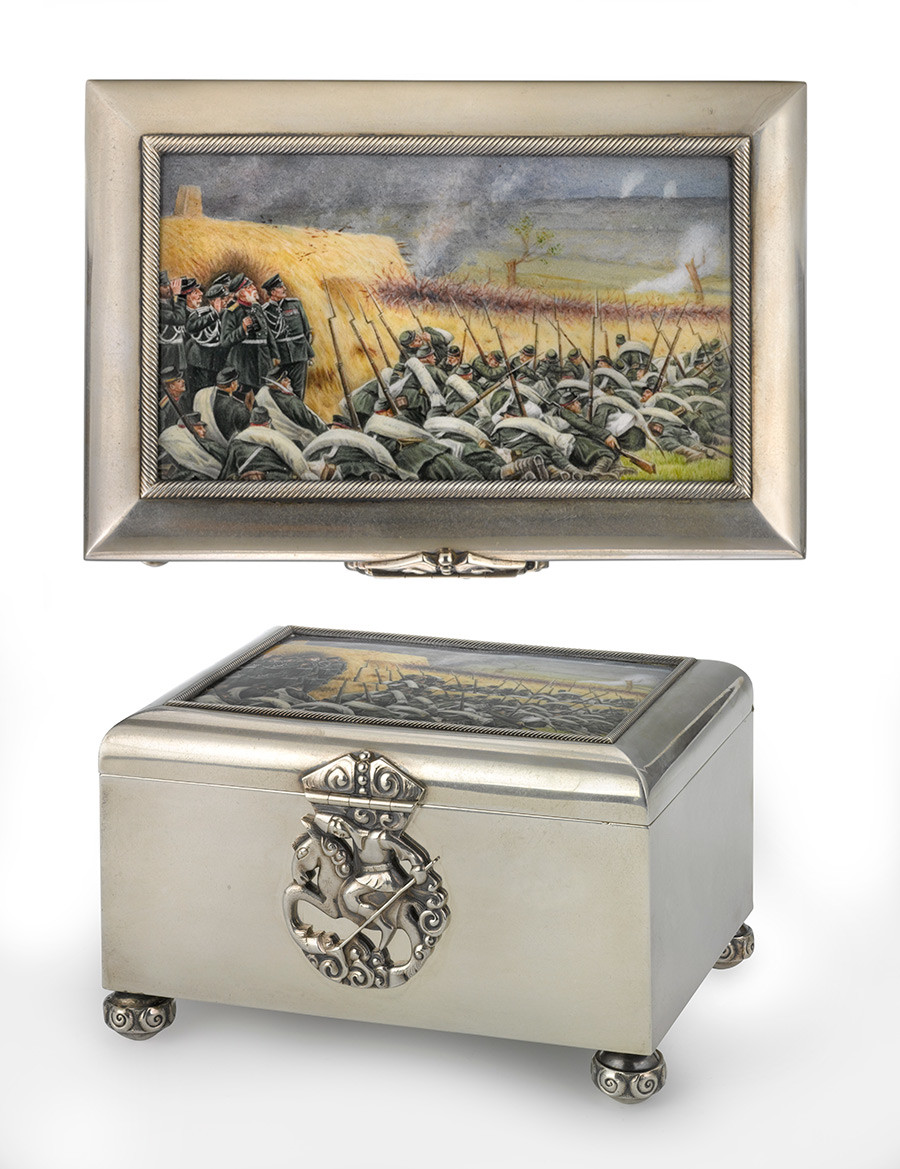
It was rare for enamel art to depict not a fairy tale or everyday scene, but a recent battle. Vasily Vereshchagin’s painting Before the Attack. At Plevna reflects events during the Russian-Turkish War of 1877-78.

A gift to Emperor Nicholas II and Empress Alexandra Fedorovna from the Nizhny Novgorod Stock Exchange Society, 1913.
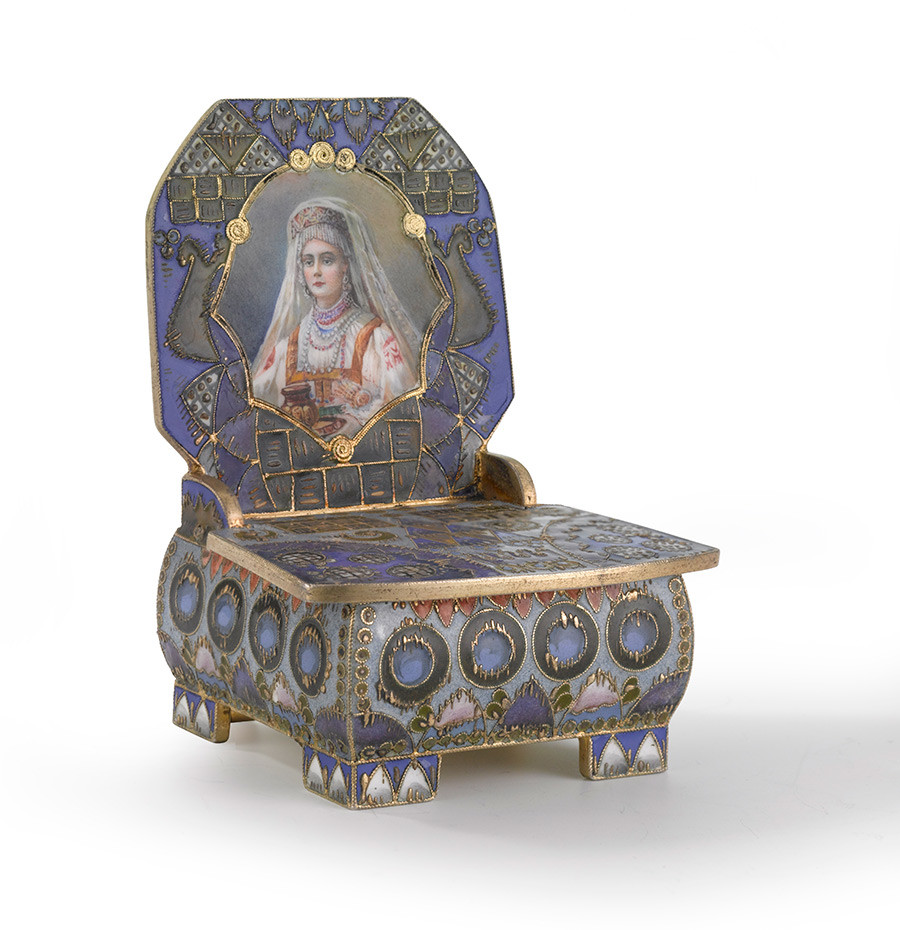

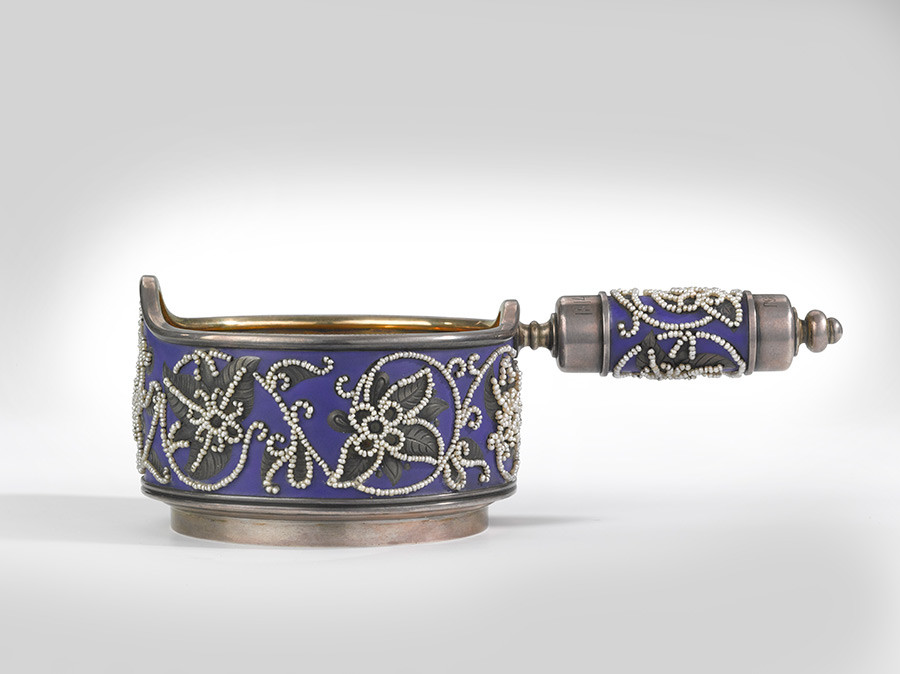

The exhibition “Carl Fabergé & Feodor Rückert. Masterpieces of Russian Enamel” will be held in the Moscow Kremlin from Oct. 9, 2020, to Jan. 10, 2021.
If using any of Russia Beyond's content, partly or in full, always provide an active hyperlink to the original material.
Subscribe
to our newsletter!
Get the week's best stories straight to your inbox